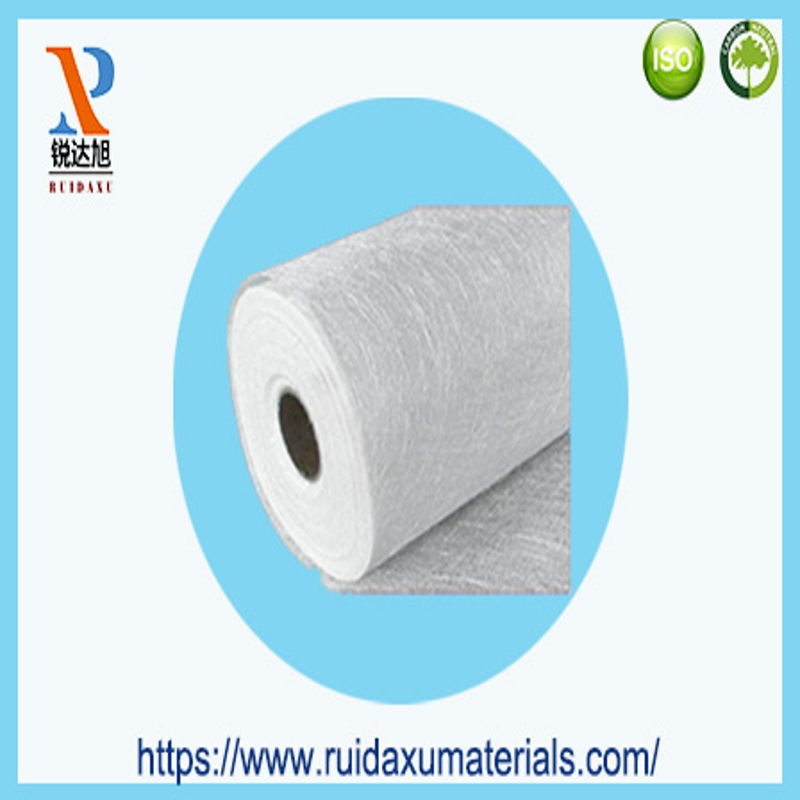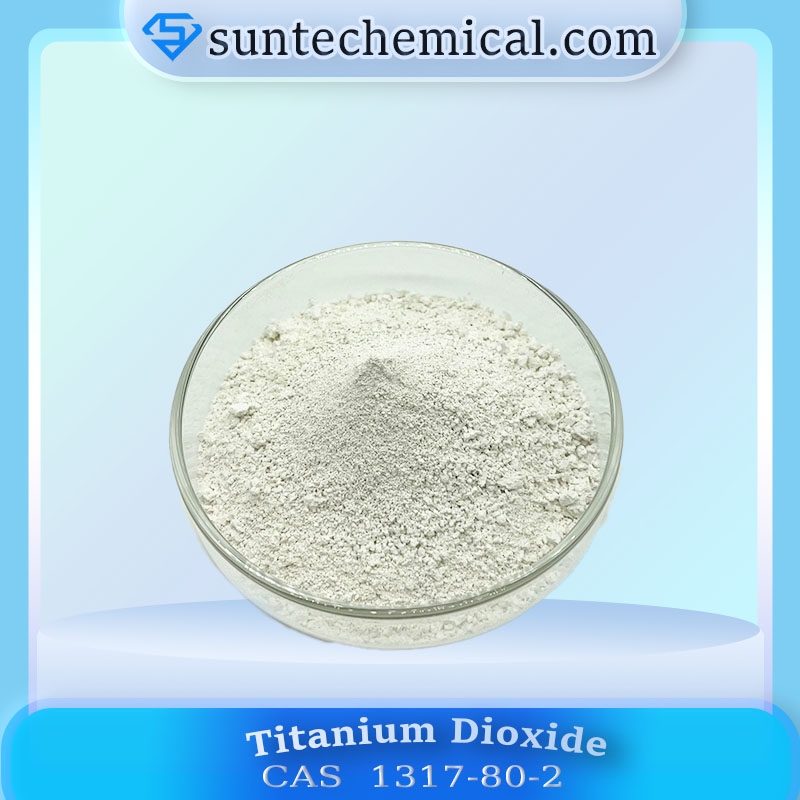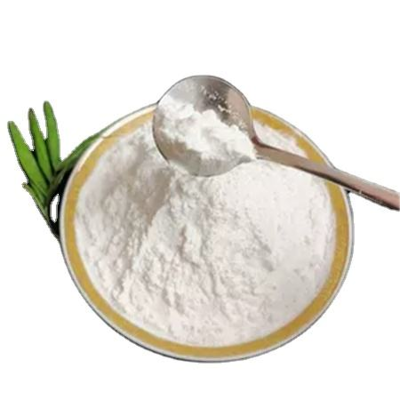-
Categories
-
Pharmaceutical Intermediates
-
Active Pharmaceutical Ingredients
-
Food Additives
- Industrial Coatings
- Agrochemicals
- Dyes and Pigments
- Surfactant
- Flavors and Fragrances
- Chemical Reagents
- Catalyst and Auxiliary
- Natural Products
- Inorganic Chemistry
-
Organic Chemistry
-
Biochemical Engineering
- Analytical Chemistry
-
Cosmetic Ingredient
- Water Treatment Chemical
-
Pharmaceutical Intermediates
Promotion
ECHEMI Mall
Wholesale
Weekly Price
Exhibition
News
-
Trade Service
effect of pigment fillers on latex paint cover Wang Weisheng1, Chen Yuyao 2, Mao Qiuyan 2, Zhong Shan 1, Chen Mingyi 1, Wen Navy 2(1. Guangdong Shunde San and Chemical Co., Ltd., Guangdong Foshan 528325; 2. Guangdong San and Chemical Technology Co., Ltd., Guangdong Zhongshan 528429) 0 ForewordCover is also known as opacity, is the result of pigment scattering and absorption of light. The masking force is expressed as the surface area of each square centimeter of the coating, the minimum amount of paint is required when the total cover is reached, and the formula is as follows:In daily experiments, we test by using black and white plates and other methods. In general, the covering force of the coating is determined by the difference between the re-raying rate of the coating and the re-raying rate of the material around the coating, the greater the difference, the stronger the covering force.. 1 Experimental part 1.1 Latex paint composition and preparation latex paint mainly consists of the following substances: water, cellulose, dispersants, moisturizers, defrost inhibitors, antifreeze, film-forming additives, pigments, thickeners, emulsions, fungicides, anti-mold agents, anti-sinking agents, PH regulators and so on. The formula for preparing latex paint in this experiment is as follows (mass/g):formula: water 280; antifreeze 20; thickener 4-6; cellulose 5; defrost agent 1; fungicide 1.5; preservative 1.5; titanium white powder 75; Heavy calcium 250; light calcium 100; Kaolin 100; phenyl propylene emulsion 125; film-forming aids 7; pH regulators 0.2-0.5; defrosts 1-2; dispersants 2; water 25.1.2 latex paint production specific process (1) water, cellulose, dispersants, wetting agents, leveling agents, preservatives and mold inhibitors, film-forming additives, desiccants, and other additives in low-speed mixing mixing; (2) add pigment (solid powder), anti-sink after high-speed dispersion, until the fineness of the powder qualified(usually around 50 m); When stirring to join, take care not to hit the bubble, wait for the emulsion and powder mixed evenly, the next step of operation;(4) with thickener to adjust the viscosity of the paint, with pH regulator to adjust the pH of latex paint, to be tested qualified, to make the initial coating, test the relevant performance, latex paint finished products, can spare. Or according to different titanium white content, with a variety of water-based slurry to match the color of the paint and its depth, the preparation of multi-color paint.. 2 Experimental content 2.1 effect of crystal type on cover force Titanium dioxide is the most widely used white pigment and the most important component to provide cover force. The molecule of titanium white powder is TiO2, there are three main types of crystal, namely: sharp titanium type, redstone type and plate titanium type, the different crystal types lead to different covering force is not the same. Because the plate titanium type titanium white powder has no industrial value, based on this, this group of experiments will be two other titanium white powder comparative experiments, the specific results can be seen in Table 1:by Table 1: the redstone type than the sharp titanium type provides a stronger cover.effect of 2.2 refractive index on the masking force the optical nature of the covering force is caused by the difference between the pigment and the refractive index of the medium that exists around it. The size of the difference will also affect the size of the masking force, the refractive index of some substances can be seen in Table 2:as can be seen in Table 2: Because the surrounding media is consistent, so the media refractive index is the same, therefore, the difference with the refractive index of the surrounding medium depends on the size of its own refractive index, The refractive index of the redstone type is bigger than that of the sharp titanium-type titanium dioxide powder, and it is better to get the golden redstone-type titanium white powder cover force, which is also verified by experiment 1, and the refractive index of silicon dioxide itself is low, so the cover force is poor. Therefore, it is concluded that the larger the refractive index of the pigment itself, the better the masking effect.2.3 Effect of pigment particle size on cover forceGenerally speaking, pigment particle size is too large and too small, and its cover force is not high. This group of experiments selected different particle size specifications of titanium dioxide powder, to explore its impact on the masking force, the experimental results can be seen in Table 3:Note: The above results are divided into 5 grades, V. best, I. the most. as can be known from the table above: the average particle size of titanium dioxide is 0.2 m, so in the formulation design, we should try to increase the particle size of 0.2 m particle content. The cover of white pigments depends mainly on the diffuse scattering of light. In theory, the product reflects blue and green light more strongly, making titanium paint appear whiter and improving cover. The actual production of pigments always have a certain width of particle size distribution, the average particle size is similar, the narrower the particle size distribution, the easier it is to disperse pigment particles. 2.4 Effect of body pigment particle size on cover force Although the gold-redstone titanium white powder has the highest scattering force, but the price is also very high, if its particles produce aggity, it will affect its ability to cover the play. Body pigments, such as calcium carbonate, talcum powder and kaolin, its refractive index is basically the same as emulsion polymer, but the finer body pigment, by adjusting the spatial position of titanium dioxide in the coating film, so that titanium dioxide does not reunite, to achieve the maximum light scattering capacity, so as to obtain the highest cover. And the coarse body pigment, because of the cause of titanium dioxide in its particle gap, thereby reducing the effect of titanium white powder cover, people called this fine filler this effect of the positional action, this fine filler called a bit spacer, titanium white powder spacer, or titanium white powder thinner. The body pigments with different particle sizes are added to the system to determine the optimal particle size, and the results are found in Table 4: Note : The above results are divided into 4 grades, IV. best, I. last. can be known from Table 4: when the particle size of the body pigment is four times the particle size of titanium dioxide (0.2 m), titanium white powder can get the most effective light scattering, that is, the best covering force. . 3 Improvement measures and summary For the above experimental results, we propose the following improvement measures: the masking force is generated by the difference in the refractive index of pigments and media, the greater the difference, the better the covering force. Goldstone-type titanium white powder refractive index is the highest, so the easiest and most brutal way to improve the cover is to increase the amount of titanium white powder, but the gold-redstone type titanium white powder is too expensive, so we can ensure the cover under the premise, but also by adding a variety of processing, modified fillers to achieve. of titanium dioxide with a particle size of 0.8 m is selected. reduces the refractive index of the surrounding medium, so that the difference in refractive index becomes erred and the cover power of latex paint can be increased. In the coating film. The introduction of pores can reduce the refractive index of the medium, the more pores are introduced, the lower the refractive index of the media containing pores, so that we can achieve the desired purpose.
. .







